In Medisoft a patient’s basic demographics are entered in their chart, and are separate from their insurance and condition/ailment information, which is stored in their case(s). You could possibly get by with only a single Case for each patient but many offices will create separate cases for any of the following reasons: To keep different conditions/ailments separate, to keep activity within different time frames separate or more manageable, to keep activities of different providers separate, or when a patient’s insurance information changes, etc. To start let’s create a new patient entry:
01. To add a new patient or case, or edit an existing record, go to LISTS then PATIENTS/GUARANTORS AND CASES.
02. The window that appears is split into two halves. The left side is for entering, editing, or deleting Patients. The right side is for entering, editing, copying, or deleting Cases. When either side is clicked on, the buttons at the bottom of the window will change for whichever side you have clicked in.

03. As seen above, the Patient side has been clicked and the buttons at the bottom of the screen are: Edit Patient, New Patient, Delete Patient, Print Grid, Quick Entry, View eStatements, and Close.
04. As seen below, the Case side has been clicked and the buttons at the bottom of the screen are: Edit Case, New Case, Delete Case, Copy Case, Print Grid, View eStatements, and Close.

05. Before a Case can be created the Patient must be entered. Make sure the left side of the window has been clicked.
06. If you want to edit an existing record, highlight it then click EDIT PATIENT. Otherwise click NEW PATIENT to create a new entry.

07. Starting from the top, first create a CHART NUMBER. This will be an 8-character identifier for the Patient. You can enter this as a completely numeric value; such as 00000001 or 12345678, a completely alpha value; such as JOHNSMIT or JANESMIT, or an alpha-numeric value; such as JOHN1234 or JSMITH99. If left blank, the program will automatically generate a value. For example, if the patients name is John Smith, and no other John Smith has already been entered, the program would automatically assign SMIJO000. If another John Smith was later added, and the Chart Number field left blank, the program would automatically assign that patient as SMIJO001, then SMIJO002, and so on.
08. Enter the patient’s LAST NAME and FIRST NAME.
09. You can also enter the MIDDLE NAME (or initial), and Suffix (Jr., Sr., Etc.).
10. In the middle section, also enter the STREET address, CITY, STATE, ZIP CODE, and HOME telephone. Optionally you can also enter the COUNTRY (which normally defaults to USA), E-MAIL, WORK telephone, CELL telephone, FAX, and OTHER telephone.
11. In the lower section enter the BIRTH DATE and SEX. Also make sure ENTITY TYPE is set to Person.
12. The remaining fields are optional, but it is recommended, if an EHR / Meaningful Use attestation is in your future, that the RACE, ETHNICITY, and LANGUAGE fields be filled out. The other fields, BIRTH WEIGHT, UNITS, SOCIAL SECURITY, and DEATH DATE are entirely optional.
13. Next click on the OTHER INFORMATION tab.

14. At minimum, make sure the appropriate TYPE (Patient or Guarantor) is selected, also choose the default ASSIGNED PROVIDER for the patient, and place a check-mark in the SIGNATURE ON FILE box (the SIGNATURE DATE field is typically left blank which causes the claim print date to populate Box 12).
15. In the top section of this tab, the PATIENT ID #2 is not a required field, and is basically used as a secondary identifier. The PATIENT INDICATOR field is also not required, and could be used for internal sorting or classification of patients. This field is limited to 1-5 characters. The FLAG field is used for color-coding patients in the Patient List (see pages 6-8 for more information on this). The HEALTHCARE ID field is currently not used. The optional MEDICAL RECORD # field is only available if you have turned off the option to suppress UB-04 fields in the Program Options, Data Entry tab. The medical record number is a provider-assigned medical/health record number and should be different than the patient’s chart number.
16. In the middle section of this tab, it’s a good idea to enter an Emergency Contact for the patient or guarantor.
17. In the lower section of this tab, you can enter employment information, which will then automatically populate new cases created for the patient or guarantor. This is also optional.
18. Next click on the PAYMENT PLAN tab.

19. If the selected patient’s account is in collection and a payment plan has been created, this tab is where you attach the payment plan to the patient record. For information on creating a payment plan, see the “Patient Payment Plan Entry” article in the help files.
20. Click SAVE when finished.
Duplicate Patient Checking
Medisoft will now perform checking for duplicate patients on Patient Entry and Quick Entry using the following criteria:
• Last Name and Date of Birth


